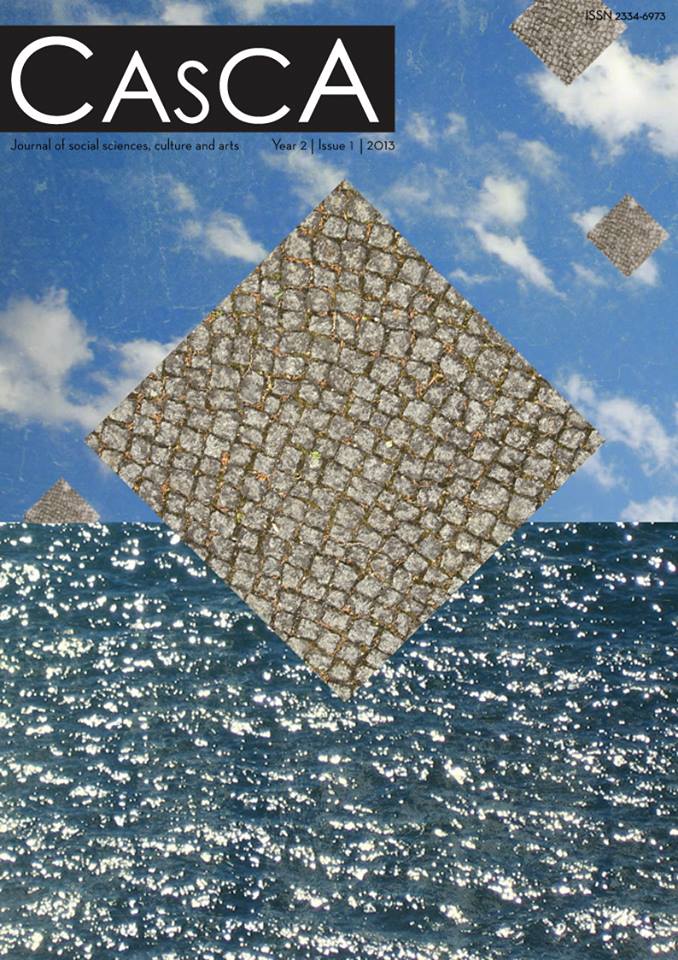Family as an Emotional Construct in Marilynne Robinson’s Housekeeping
Family as an Emotional Construct in Marilynne Robinson’s Housekeeping
Author(s): Ljubica MatekSubject(s): Literary Texts
Published by: Centar za alternativno društveno i kulturno delovanje
Keywords: family; memory;lack;Marilynne Robinson;Housekeeping;
Summary/Abstract: Marilynne Robinson’s novel "Housekeeping" (1980) tackles the idea of family as a symbolic rather than actual place, space or relationship. The story of two orphan sisters, Ruth and Lucille, who each have a different attitude to what family life should be like, raises questions concerning family and identity; is family really created by means of a place we call home, a house we keep, as suggested by the novel’s title? The two girls are raised in their family house by a succession of relatives who try to create an atmosphere of home in the house, but it becomes more and more difficult, as the girl’s lives seem only to be permanently marked by absence or loss of their loved ones. Because of constant abandonment, both the girls and the readers begin to question what it means to have a family and to belong. According to Gaston Bachelard, the house we are born in represents a place of protection (1994, 7) and material storage for our memories (1994, 8). Thus, the space of a home, a nexus of family history and memories, would seem to contribute greatly to the sense of belonging and a sense of familiarity. Similarly, a blood connection typically guarantees a familial relationship. Yet, for the two sisters none of this proves crucial either for the decisions they make in life or for their sense of belonging. Housekeeping is for Robinson more than just keeping the house clean; it refers primarily to the attempts of Ruth, the novel’s narrator, to keep a symbolic home in the form of her memories and emotions as the only permanent way to keep a family together or maintain a sense of belonging.
Journal: CASCA, časopis za društvene nauke, kulturu i umetnost
- Issue Year: 1/2013
- Issue No: 2
- Page Range: 33-50
- Page Count: 18
- Language: English

